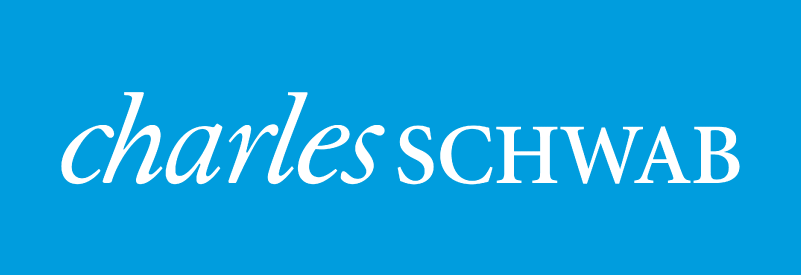Despite a triple dose of hurricanes, tension with North Korea, and a month known to be challenging and volatile, the S&P 500 delivered its biggest September since 2013 within one of the narrowest trading bands on record. Not to be left out, the NASDAQ and Russell 2000 hit all-time highs and the DJIA fell only 0.06% short. European equity markets led the way while emerging markets generated their first negative month in 2017. With constructive economic reports prevailing both here and abroad, attention will now turn to third quarter earnings season and ongoing political developments both here and abroad.
September Market Anecdotes:
- POTUS reached across the aisle to cut a deal on the debt ceiling which shortly thereafter led to a renewed push for tax reform in Washington. Tax reform is a clear tailwind for markets, particularly smaller companies who do not spend for lobbying loopholes nearly as much as larger companies. Bespoke estimates the proposed 15% cut in corporate taxes will boost S&P 500 ESP by 23.1%.
- Tensions with North Korea ebbed and flowed throughout the month yet market anxiety remained in check for the most part. While the human toll of any armed conflict is devastating, the associated market inflections are typically fast moving, short lived, and most importantly, very difficult to navigate from an investment perspective.
- The 2-year UST closed at its highest yield of the year based on upbeat economic data and Fed Chair Yellen’s seeming desire to hike rates at the December FOMC meeting. CME futures contracts are currently pricing in an 86% likelihood of a 25bps hike in December. The Fed also clarified plans to begin reducing its balance sheet in October at a level the markets didn’t find to be a material concern one way or the other.
- September brought three substantial hurricanes to the mainland U.S. and its territories. While the regional impact has been material, particularly in Puerto Rico, national economic ramifications are not very significant.
- The S&P has now logged eight consecutive positive quarters and eleven consecutive positive months, the latter of which hasn’t happened since 1962. So far in 2017 there have been 39 closing highs, on pace for 52 for the year. There have only been four years in history with over 50 record closing highs (1961, 1964, 1995, 2014).
- Market leadership rotated noticeably in September. The 30 worst performing stocks YTD through August (energy, financials, materials) were up sharply in September, while the 30 best through August (technology, healthcare) were mostly flat. Additionally, while small caps had been notably weak relative to large caps through August, they beat large caps in September by over 4%.
- The low volatility trend continued in September. Since 1928, there has been only one 200 day stretch (1960’s) where the average daily market move was less than the trailing 200 days ending 9/30/17.
Key Economic Updates:
- Inflation… increases in energy and shelter accounted for the bulk of August price inflation announced last month. Headline inflation of 1.9% increased the probability of a December Fed hike.
- GDP… second quarter GDP has been revised higher from the first estimate of 2.6% to the final growth rate of 3.1%.
- Unemployment… As expected, the September employment report reflected the impact of the hurricanes but the headline rate fell to 4.2%, signaling excessive labor market tightness and average hourly earnings spiked 0.5 percent with the year-on-year rate jumping 4 tenths to 2.9 percent.
- Sentiment… Consumer confidence remained high for the month of September, coming in only five points below its recent high and well above the long-term average of 93.9. Bullish investor sentiment seems to finally have caught up to consumer sentiment as it broke a 34-week streak of sub 40% readings, jumping from 29% to 40% in a single week last month.




Leave a Reply